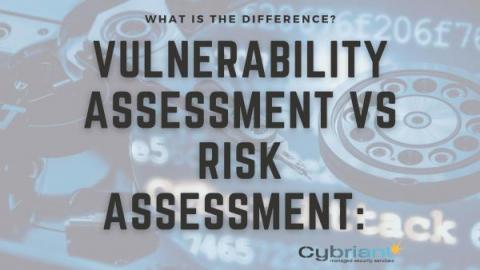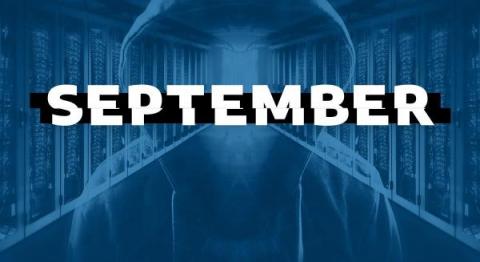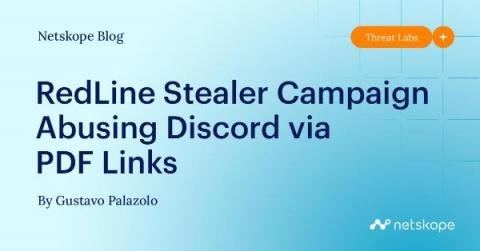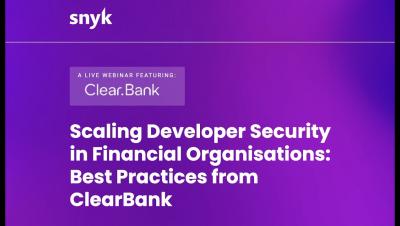Vulnerability Assessment vs Risk Assessment
As a CIO in charge of your organization's security, you're responsible for ensuring the security of your company's data. But with so many cybersecurity threats out there, it can be difficult to know where to start. Should you focus on conducting a vulnerability assessment? Or is a risk assessment more important? In this article, we will discuss vulnerability vs risk, cyber threats, and protecting sensitive data.











